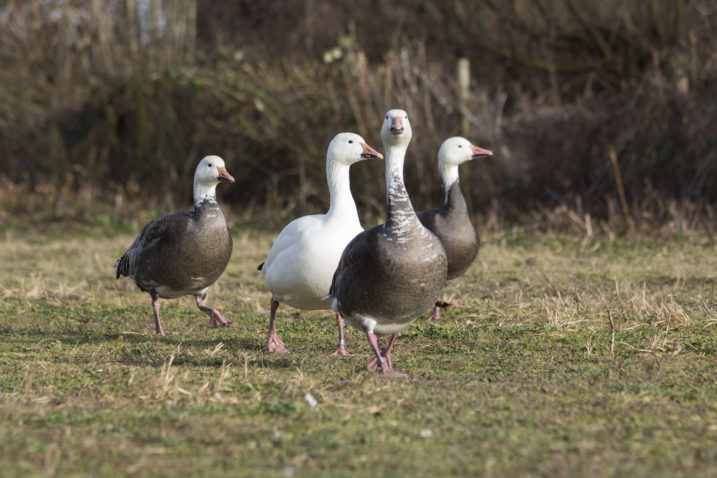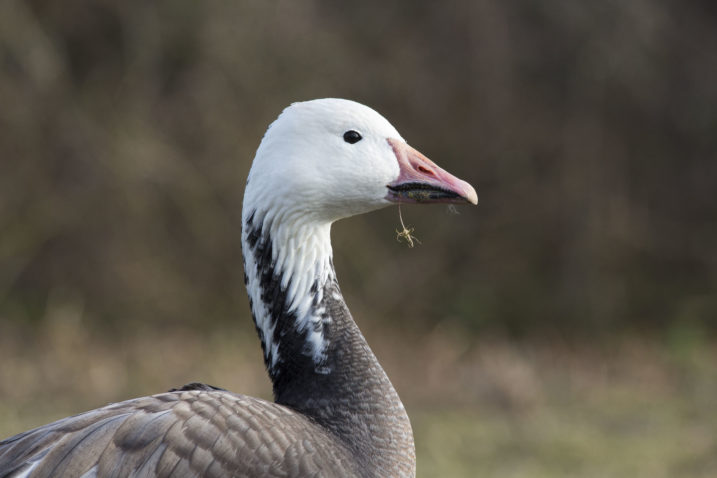The lesser snow goose: seven amazing facts
The lesser snow goose is a fascinating bird. Here are a few reasons why it's so amazing:
Breeding grounds in the Arctic
Birds migrate to their breeding grounds in the Arctic when snow is still on the ground, and use their body fat to wait for the new grass shoots to grow. Once they have gorged on the new grass, females sit down to incubate, eating very little during the following 26-28 days and predominantly living off their fat reserves.
Most snow geese used to migrate south again in a non-stop wave, but nowadays the species can use multiple staging grounds to make their way down to their wintering areas around Washington and ending up in the gulf of Mexico. During this epic journey they have developed a taste for peas, corn and other crops, which bring them closer than ever to human habitation. With that much poo on the ground combined with crop destruction, they have developed quite a negative reputation in some areas...
They exhibit two colour types; ‘blue’ and ‘white’.
The dark colour of a ‘blue’ goose is controlled by a single gene, with ‘blue’ being partially dominant over the ‘white’. The breeding of an adult ‘blue’ with an adult ‘white’ can result in a combination of both ‘blue’ or ‘white’ goslings! Blue birds with white splotches often originate from combined parentage.

Blue and white coloured chicks
The colours are identifiable from the moment the goslings hatch, with the ‘blue’ type showing grey and the ‘white’ showing yellow. Can you guess how many goslings of both blue and white morphs are within this adorable huddle above?
Goslings walk miles in their first month
Flocks nest incredibly close together, with some birds acting as a lookout. Snow geese are extraordinarily brave when protecting both the nest and young, but predictably, dominant pairs get a nest towards the centre of the flock. Once hatched, after a few days, goslings should expect to walk anything up to 50 miles in their first month of life. The males grow faster than the females, and thus can often be sexed easily by looking at the differences in body size.
Smiling geese
Due to the sheer volume of food needed to sustain a growing goose, birds defecate from anything up to 6-12 times an hour, shedding the indigestible roughage. Snow geese are capable of harnessing the nutrients of plant roots thanks to the heavy serrations on their bill. The black trim around the bill is known as the 'grinning patch' as the bird looks like it is smiling!
After just 70 days, these incredible birds are already ready to fly back south. Their first feathers are plain and simple, identifying them immediately as juveniles but enabling them to make their migration as soon as possible.

Dramatic population recovery
Snow Goose hunting in the eastern United States was stopped in 1916 because of low population levels. Hunting was allowed again in 1975 after populations had recovered. Since then, their populations have continued to grow.
Come and see our snow geese at Slimbridge in our Geese of the World zone.



